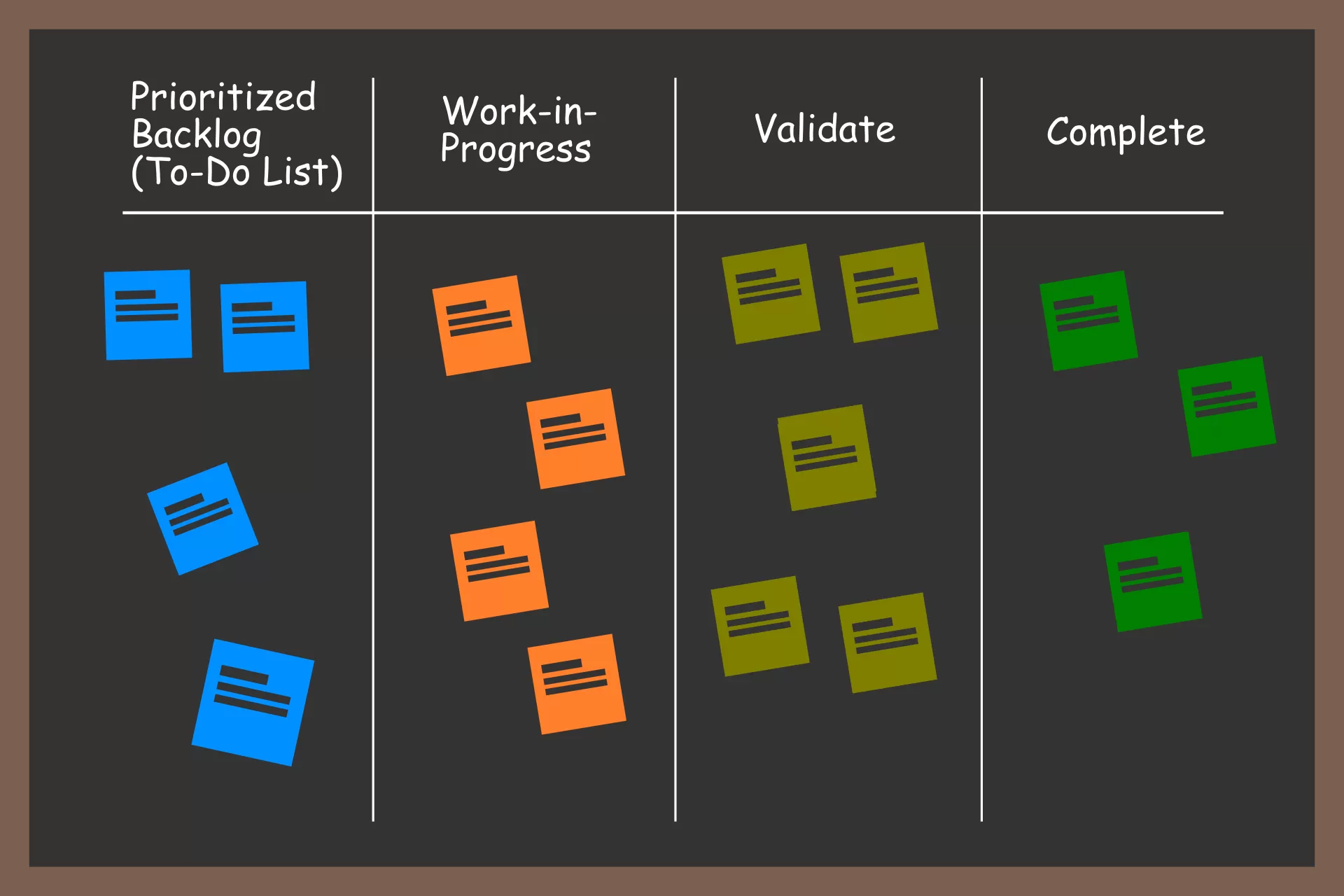In today's fast-paced business world, agile project management is booming. Why is that? Quite simply, we need quick results, and we need to manage uncertainty. A star agile methodology is Scrum. It is a proven strategy for building world-class products and keeping your team on track. Want to get in on the action? You've come to the right place! This easy-to-read article is your beginner's guide to Scrum. We'll cover the basics: how it works, who's involved, what happens when, and the fantastic benefits you can expect. Get ready to embrace the Scrum way!
Overview
Scrum is an agile methodology based on the principles of transparency, inspection, and adaptation. These principles help teams to stay flexible and manage change, while still delivering quality software on time. It is designed to help self-organising teams improve their collaboration and response to change. The methodology is based on the idea that work should be divided into small, manageable chunks called sprints. Progress should be reviewed regularly and adjusted as necessary.
The Roles
The three key roles are the Product Owner, the Scrum Master, and the Development Team. The Product Owner is responsible for defining the Product Backlog and prioritising its items. The Scrum Master ensures that the team follows the process and removes any obstacles that impede progress. The Development Team is responsible for completing the work in the Sprint Backlog and creating the implementation.
The Events
Scrum has four main events: Sprint Planning, Daily Scrum, Sprint Review and Sprint Retrospective. Sprint Planning is a meeting where the team plans the work for the upcoming Sprint. The Daily Scrum is a short session where developers discuss progress and any obstacles that have arisen. During the Sprint Review, the team reviews the work completed in the sprint. The Sprint Retrospective is an event where the team reflects on the Sprint and identifies areas for improvement.
Artefacts
Scrum has three main artefacts: the Product Backlog, the Sprint Backlog and the Increment. The Product Backlog is a list of all the work that needs to be done for the product. The Sprint Backlog is a list of the work that the team has committed to completing in the current Sprint. The Increment is the sum of all the Product Backlog items that have been completed and integrated into the product. The Product Backlog and the Sprint Backlog are constantly updated and refined throughout the project. The Increment is reviewed and demonstrated during the Sprint Review.
The Workflow
The workflow starts with the Product Backlog, which lists all the work that needs to be done for the product. This list is prioritised by the Product Owner, and items are selected for the upcoming Sprint during the Sprint Planning Events. The development team then works to complete the items in the Sprint Backlog, and progress is reviewed and discussed during the Daily Scrum. At the end of the sprint, the team demonstrates the increment, which is the sum of all the work that has been completed. The Sprint Retrospective is then held to reflect on the Sprint and determine where improvements are needed.
Advantages
There are many benefits of this methodology, one of which is that it allows greater flexibility and faster delivery of results compared to other approaches. Sprints are short and progress is regularly reviewed and adjusted as necessary. This allows changes to be made quickly and efficiently. Scrum also encourages team members to collaborate and communicate with each other. This leads to better alignment between the team and stakeholders.
Tips for Implementation
When implementing Scrum, it is important to have a clear understanding of the methodology and have a dedicated Scrum Master. A well-defined Product Backlog is essential, as are regular Sprint Planning, Daily Scrum, Sprint Review and Retrospective meetings. It is also necessary to have a clear understanding of the roles and responsibilities of each team member.
Scrum versus other methodologies
Scrum is one of the most widely used agile methods, but it is not the only one. Other popular agile methods are Kanban and XP. The main difference between Scrum and Kanban is that the former is based on sprints, while Kanban is based on a continuous workflow. XP, or Extreme Programming, is another agile methodology that focuses on technical practices such as pair programming and test-driven development. Ultimately, the choice between the different agile methods will depend on the specific needs and constraints of the project and the team.
Conclusion
Scrum is a widely used methodology that enables teams to be more flexible and responsive to changing requirements and customer needs. This agile approach emphasises the ability to deliver working software quickly and to continuously improve the process. It is based on the principles of transparency, control, and adaptation. Work is divided into sprints, with regular review and adjustment of progress. It has multiple roles, events and artefacts that must be understood and executed efficiently to be successful. It emphasises teamwork, collaboration and communication, leading to efficient and effective development. However, Scrum is not the only agile method, and the choice of method depends on the specific needs and constraints of the project and team.




